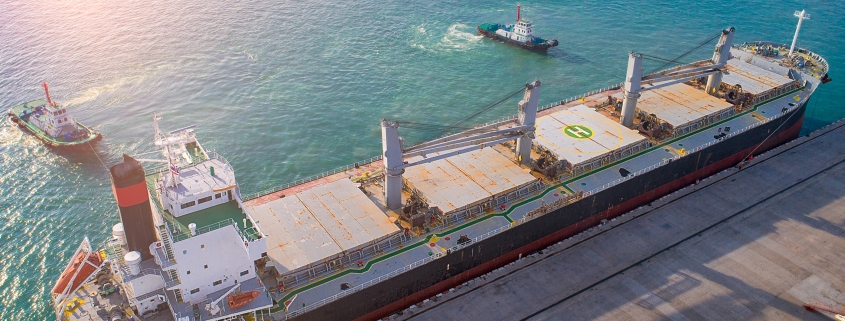Tariffs and… tariffs: where do we go from here
By Gary Williams, Director of Transportation & Regulatory Affairs
You can’t even call it the elephant in the room – the tariff elephant is smoking a pipe, with comfy loafers on and reclined in the living room by the fire in my house.
I’m sure you, like myself, go through your daily work, tackling what needs to be done and ensuring that what is charged of you to continue gainful employment and ensuring viable business happens. If you are also like me, every fourth or fifth thought goes to, “but what if…”
Here’s what we do know about the Section 301 proposal on China-built ship tariffs:
The U.S. Trade Representative (USTR) closed their comment period March 25, as reported in last issue, and SSGA participated in providing written comment. A copy of that comment letter is linked here.
SSGA further provided a signature as a supporting party along with more than 320 parties on a coalition of shipping and importing organizations on a letter drafted by the National Retailers Federation and an even larger number of signatures (perhaps double) of agricultural organizations and companies on a letter drafted by the National Grain and Feed Association.
Several organizations were called upon to give comments to the USTR in the week that followed, and a letter was drafted to the USTR by 18 members of Congress to express concern on impacts.
It’s expected by mid-April we will get our next look at what USTR has modified (or not) in the Section 301 proposal on China Built Ship Tariffs.
There is absolutely no doubt that any tariffs that are implemented will be passed through to be paid by the shipper (unless exemptions are issued). Some container lines have already issued their policy that ANY costs associated with tariffs will be for the account of the shipper. If you have containers headed to the port, and an effective date of May 1 is reached, for example, that box will be assessed the fee that the steamship line (SSL) deems as representative of their likely cost due to the tariff being imposed. It’s cloudy whether these fees would be due immediate/upon freight bill becoming due for payment, or at a quarterly or annual billing date. It’s also unclear whether that fee will be weighted by value of the freight bill being paid (import pays a much larger portion or fee than ag export), whether it’s a flat fee, or how a calculation is made. One assumes that SSLs have some understanding of where the cost structure breaks ag exports, so one assumes it will be weighted.
In a time that SSGA has had a constant drumbeat on the obligation inherent in conveying goods into the U.S., carrying with it an obligation to provide conveyance for U.S. exports, an overburden of these tariffs placed on the exporter will certainly break their back and create a state of duress for our members.
According to the USTR proposal, there is presumably a credit that is earned against tariffs for placing a U.S.-built vessel into port – I don’t know if the SSLs are creating a mechanism to credit this back, or it’s considered a “windfall” when it happens.
The container exporter is powerless to ascertain or make demands upon an SSL to provide non-China built ships, and/or owned by owners with a very low number of China-built vessels in their fleet, so exporters are price takers, not makers, and will dig out of their wallets accordingly.
What will the final version look like? The elephant keeps repeating “no comment.”







Leave a Reply
Want to join the discussion?Feel free to contribute!